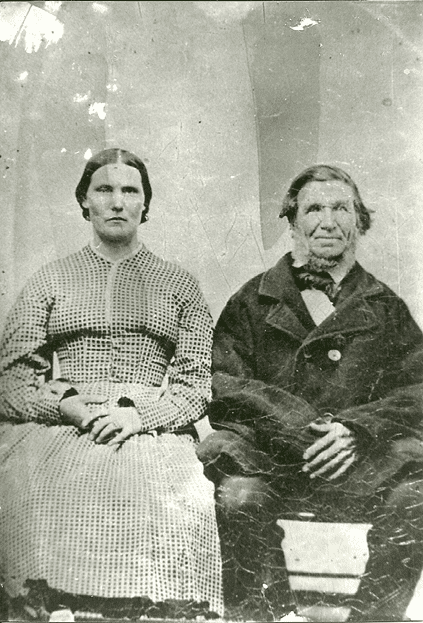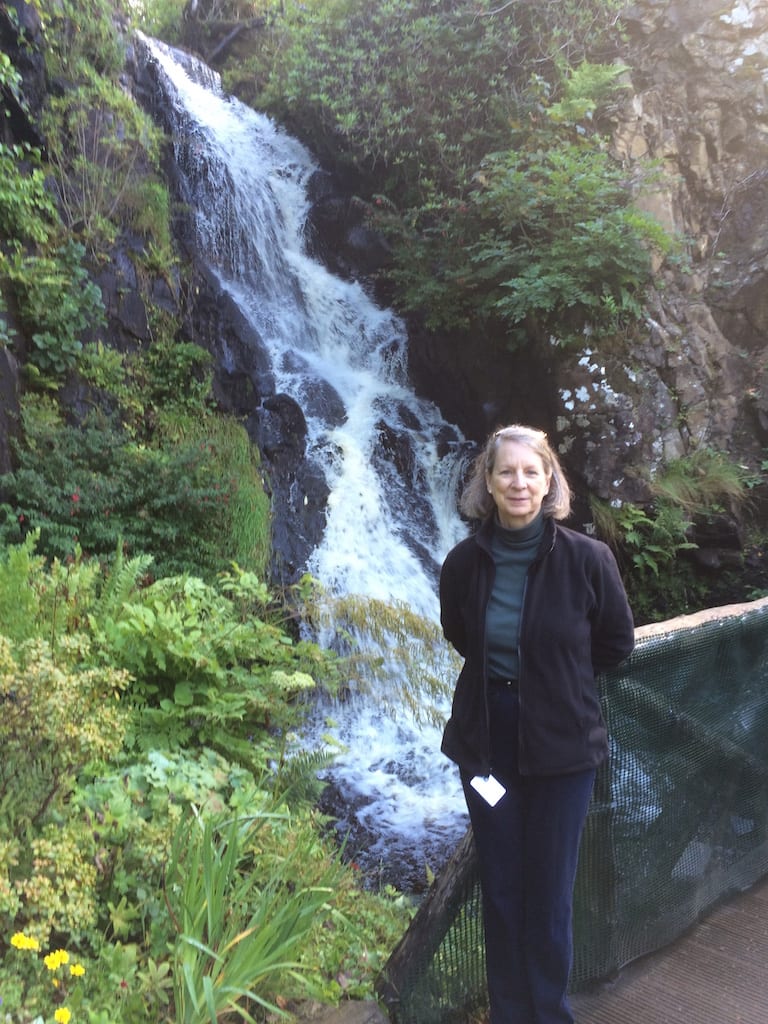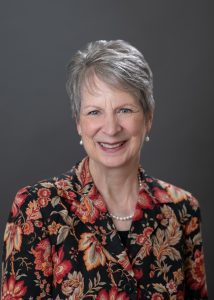Two weeks ago Heathcliff and I walked down the mountain road to pick up the mail—our usual routine on days when I work at home and the weather is favorable. I opened the mailbox, and there was a package from my Aunt Margaret. It was the genealogy of my father’s family starting with John born in Perthshire, Scotland in 1787, eldest child of Finlay and Isabel.
John married his first wife in New Brunswick, Canada in 1818. Exactly when did John leave Scotland, and why? Had his family been part of the Highland Clearances and the scarcity of economic opportunities thereafter? Did New Brunswick’s poor soil and harsh climate remind him of home? John’s parents died in Scotland, but did any of his seven siblings accompany him to Canada? A younger brother died in New Brunswick, that much I knew from the records Aunt Margaret had sent.
 John’s first wife bore him four daughters in the span of twenty-two years and died the same year as the last child’s birth, probably due to the rigors of childbirth. Had she born other children? Did people record only surviving children in their family Bibles? Six years after his first wife died, 61-year-old mutton-chopped John married 19-year-old Rachel. Why did he remarry—to beget sons, for help on the farm, taking care of him and his daughters? Or maybe he felt a responsibility to Rachel, perhaps a woman with few prospects based on her unflattering photograph, to give her children, especially sons.
John’s first wife bore him four daughters in the span of twenty-two years and died the same year as the last child’s birth, probably due to the rigors of childbirth. Had she born other children? Did people record only surviving children in their family Bibles? Six years after his first wife died, 61-year-old mutton-chopped John married 19-year-old Rachel. Why did he remarry—to beget sons, for help on the farm, taking care of him and his daughters? Or maybe he felt a responsibility to Rachel, perhaps a woman with few prospects based on her unflattering photograph, to give her children, especially sons.
Since Biblical times, a man sometimes married a woman so she would be cared for, as in the story of the Moabite Ruth and her mother-in-law Naomi’s family redeemer Boaz. Unlike my great-great-grandmother Rachel, Ruth was beautiful, according to scripture. She and Boaz were hard workers, and I imagined Rachel and John worked hard, too.
Several women at Bethany Lutheran Church in Waynesboro are currently reading Francine Rivers’ five historical romance novellas A Lineage of Grace as part of the Women’s Ministry initiative. On Monday evenings we meet to discuss Tamar, Rahab, Ruth, Bathsheba, and Mary. We read the scripture, the basis for Rivers’ fictionalized stories, then follow study guide questions.
We often talk about Rivers’ interpretations. Working with scripture and other sources, she fills in historical gaps to flesh out the stories and connect with her readers. The approach differs from the words and phrases a creative nonfiction writer like me uses to alert her readers that she’s filling in gaps: I imagine, perhaps, maybe, probably.
I could reasonably assume that John was a farmer like his son Benjamin and grandson Maurice, my great-grandfather and grandfather, respectively. Records indicated that the family had moved to Northern Maine in 1903. Both of my parents grew up in that farming community then married and moved to Southern New England. Yet we spent summer and winter vacations, visiting the folks “back home” in Maine and Canada. And as an adult, I longed to go to Scotland.
 I hadn’t gone looking for my roots; I knew little of my family’s genealogy before our trip. But as we traveled across the Highlands, I yearned to plunge my hands into the rocky soil, so much like New England’s, to hear rushing waterfalls and climb the ancient mountains of Caledonia. Was I being “called home” to Scotland like great-great-grandfather John’s fellow Perthshire native Dougie (pronounced Doogie) MacLean, who wrote the 1977 ballad “Caledonia.”
I hadn’t gone looking for my roots; I knew little of my family’s genealogy before our trip. But as we traveled across the Highlands, I yearned to plunge my hands into the rocky soil, so much like New England’s, to hear rushing waterfalls and climb the ancient mountains of Caledonia. Was I being “called home” to Scotland like great-great-grandfather John’s fellow Perthshire native Dougie (pronounced Doogie) MacLean, who wrote the 1977 ballad “Caledonia.”
Oh, and let me tell you that I love you, that I think about you all the time
Caledonia you’re calling me, and now I’m going home
If I should become a stranger, you know that it would make me more than sad
Caledonia’s been everything I’ve ever had
Is geography part of our DNA?



Thanks for your blog-well written and informative on family tree! Talk soon!
Lots of unanswered questions, but many answered ones, too. -C.D.
What a lovely story. I do love family history, in part because it illuminates the history of “regular” people. So I love everybody’s family history, not just my own ;).
Thank you so much, Luanne. I enjoy your posts about family history, too. As my step-daughter Gretchen wrote, “Stories are some of the best and most interesting things about people.”
Well Carole I understand what you mean about the photo! Was that a wedding photo? I would imagine so as I don’t think folks had the resources to have photos taken for any old reason. Can you imagine the photographer looking through the lens and seeing for Rachel’s expression. She doesn’t look sad as much as resigned to her lot in life. He seems to have a bit of smile – was he happy to have taken a new wife to help with the family and farm? Was he pleased that he took a woman with few other prospects. While looking at the photo and reading your story I wondered if she had much opportunity to smile. It couldn’t have been an easy life. When I visited Ireland for the first time and walked the western coastline I felt as if I had a connection with the land and the sea; it’s as if you could almost hear your ancestors calling out to you over the generations. Strange feeling but comforting at the same time. Thanks so much for sharing.
Thank you for your comments. I like to think my great-great grandmother Rachel had the strength that the women we’re reading about had. Even palace living was and is not easy. In fact, it could and can be perilous. When we walk in the footsteps of those who came before us, perhaps we do hear their voices, not comfortable but comforting. -C.D.
Was is a coincidence that your genealogy arrived while you were studying Christ’s genealogy? I loved Lineage of Grace and will eventually go back and reread!
One of my former students told me that her family calls coincidences “God winks.” Thank you for your comment.